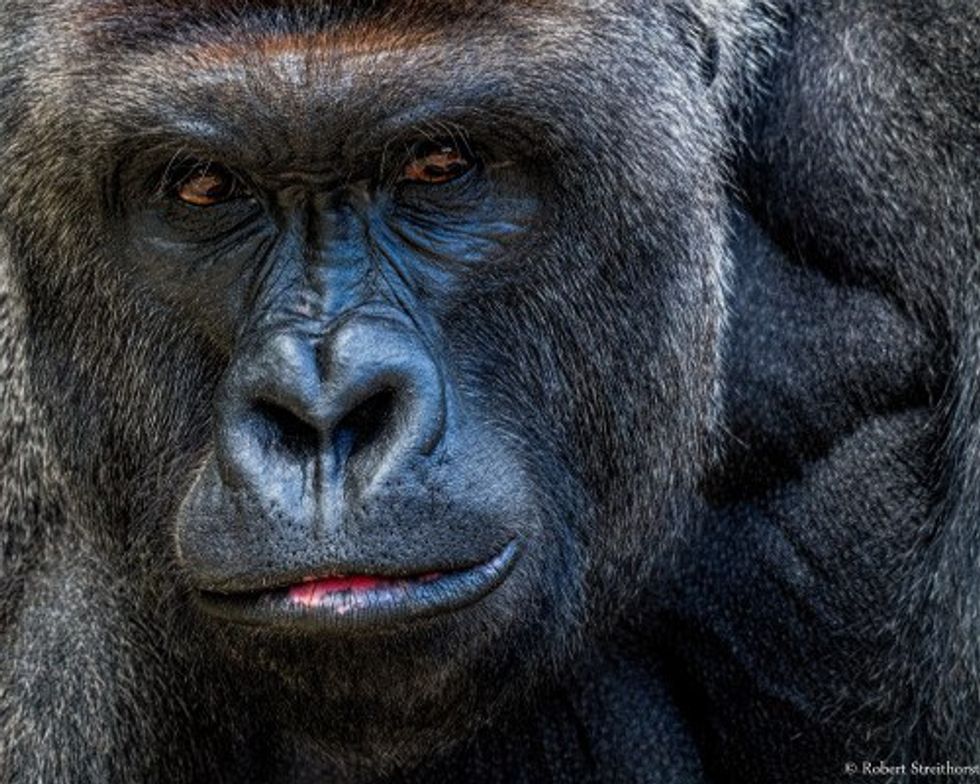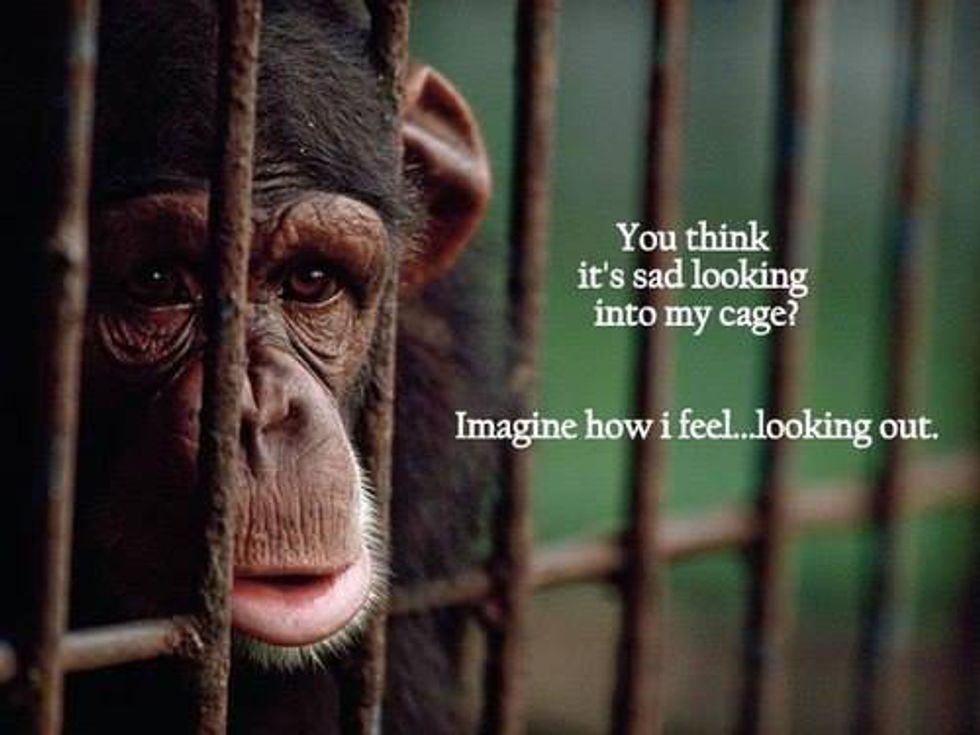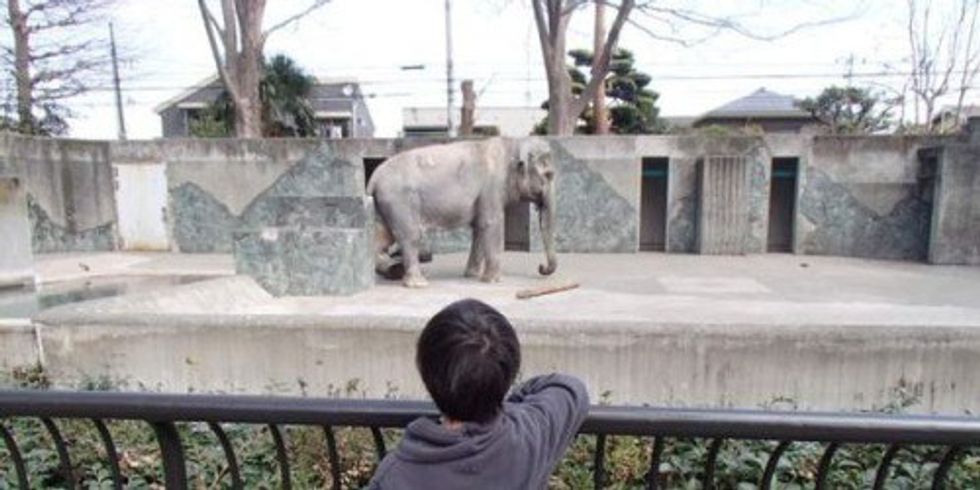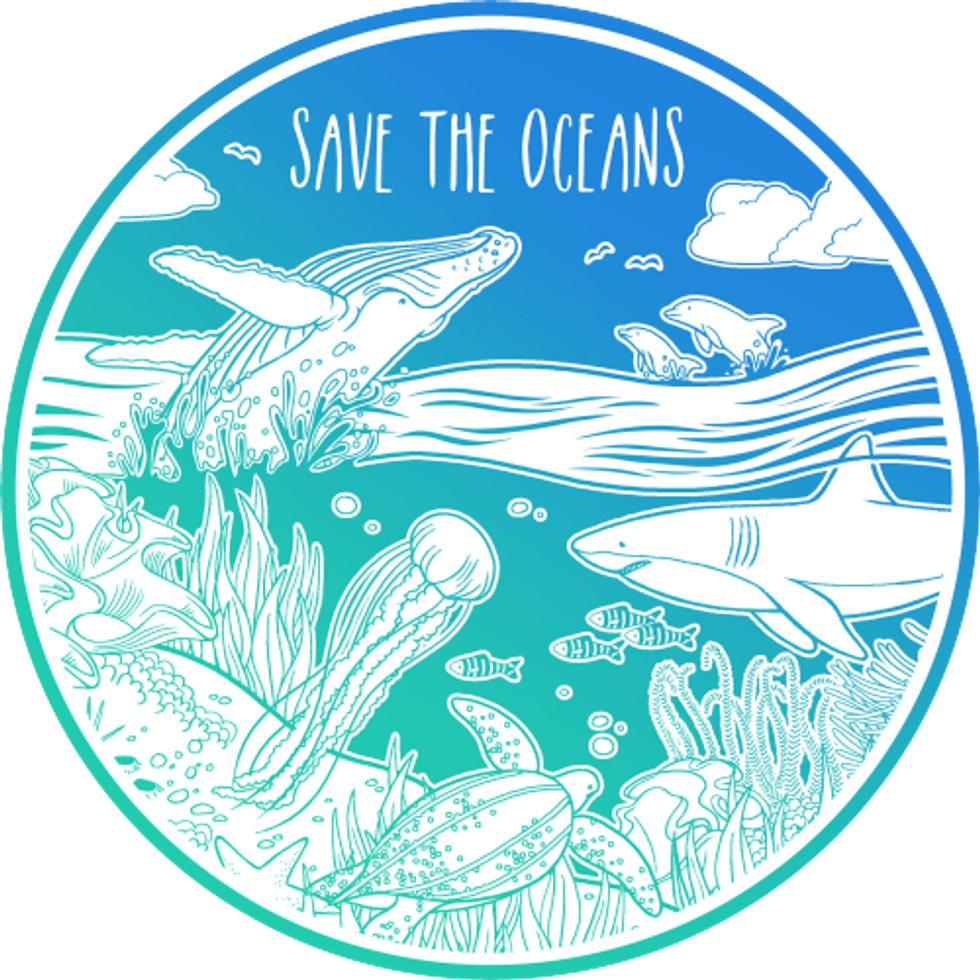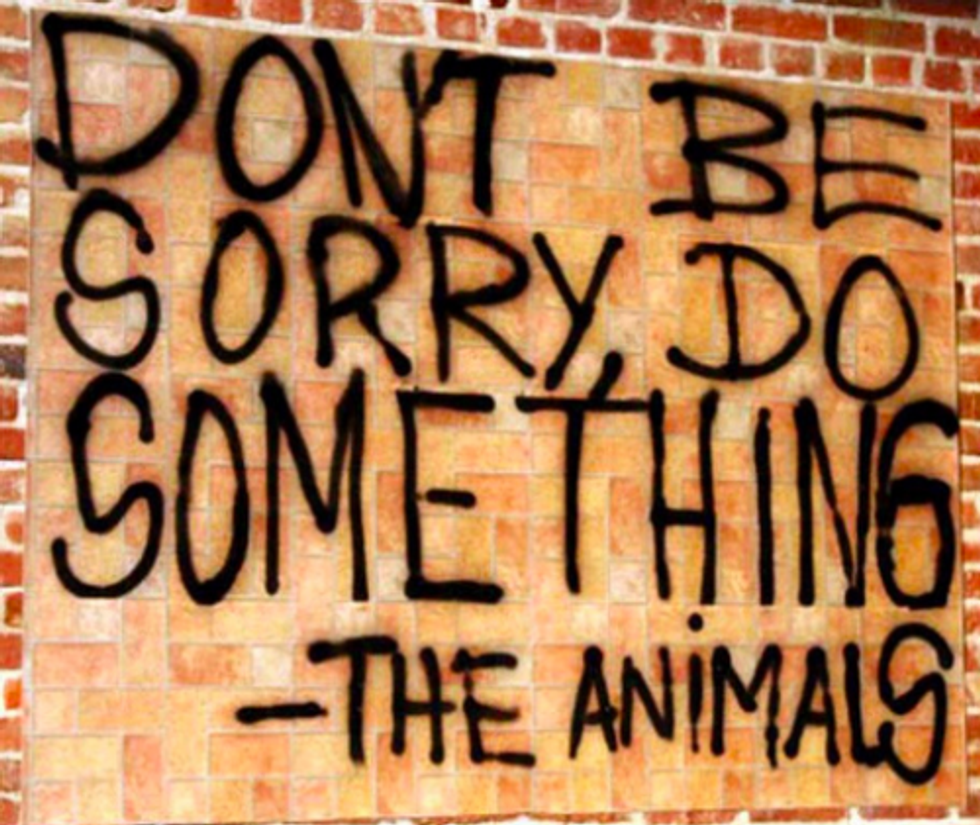The world is currently glued to all forms of media due to the tragedy that occurred at the Cincinnati Zoo between a young boy and a gorilla named Harambe. There is a huge debate as to whom is to blame for the death of this powerful animal and if his death was justified by saving the life of this child who fell into the enclosure. The zoo, the parents, the gorilla, humanity? It is difficult to peg an exact person or business as to where the trouble began, but what is more important than finding a scapegoat in order to make ourselves sleep a little better at night, is to take the death of Harambe as a reminder of all of the violence that is committed against animals each day.
Recommended for you
A lot of this violence can be found in tourist attractions, such as zoos, circuses, animals rides, and even rodeos, where wild animals are captured from their natural habitats and are put into cages with plastic trees and painted rocks. They are often bred in captivity, so their offspring will never know what the wild feels, smells, and looks like ever in their lives. Sure, many of these places may treat their animals in safe, clean and humane ways, but the problem of taking wild animals and planting them into domesticated areas for the enjoyment of human beings still stands.
In zoos, animals can often be found to show physical behaviors of stress, agitation, boredom, and discomfort. This can be seen by a swaying like movement while standing in place, biting themselves or objects, pacing, and other behaviors that show their discomfort with their environment that are not often seen when they are in the wild, in their natural habitats, with miles upon miles to roam free. An article by the animal-loving website, The Dodo, has an article on this kind of behavior that brings more clarity to what this behavior looks like. These behaviors are often described with the term “zoochosis”.
Circuses often train and house their animals in extremely inhumane ways in order to put on a show for thousands of people with eyes full of wonder and stomachs full of cotton candy and popcorn. These animals are tied, staked, whipped, not fed properly, are kept in cramped and unsanitary conditions, and the list goes on. Animals are often pushed to the breaking point after years of violence and mistreatment through an attempt to escape, harming trainers and pedestrians in the process, only to be killed for their fight against the torture they have suffered. One of the most heartbreaking stories of this kind of cry for help involves an elephant named Tyke, who fought for her life to escape from a circus, only to die from 87 bullet wounds. Her stamina through such trauma shows how desperate this elephant was to get away from all that she suffered. Huffington Post describes this tragic-filled day in more detail.These animals are not happy and they are not healthy. Being in a circus act is not where wild animals belong. The difference between the human audience and the animals performers is that the humans get to go home to their natural habitats once the show is over, the animals do not. PETA's article describes what these animals suffer through and the progress that is being made to bring justice and safety to the animals that have been taken hostage.
SeaWorld is infamous for the debate regarding the treatment of their orcas. While not all of the SeaWorld attractions may treat their whales in unhealthy and inhumane ways, all of their whales are kept in tanks that are the size of a bathtub compared to the oceans where they belong and the miles that they need to swim in order to stay healthy. Humans riding whales and forcing them to do tricks is not normal behavior for whales in the wild. In captivity, there is a problem of inbreeding, illness, boredom, significantly shortened lifespan, death due to the cages they live in, and extreme, unnatural measures are taken to keep them healthy, like drilling holes through their teeth to lower the risk of infection or bacteria, that is not something that is needed in the wild. There have been official announcements that SeaWorld will stop the breeding program for their orcas, which is wonderful news, but it will not be good enough until all animals are able to live freely where they truly belong. An article by National Geographic highlights a discussion with renowned SeaWorld trainer and now orca advocate, John Hargrove, who talks of the truth behind the performances and tricks.
This list and discussion can go on and on regarding the violence and injustice that animals suffer in captivity, and this does not even include the abuse and neglect that household pets endure every single day all over the world through animal testing, poaching, trophy hunting, the reality of slaughter houses, dairy farms, the list of endangered species, and the horror of pet stores and puppy mills.
What people may fail to realize is that Harambe was only doing what any gorilla would do in his habitat. The enclosure that he was kept in at the Cincinnati Zoo had become is natural habitat, thanks to human beings, and he was killed by human beings for acting how any gorilla would in a natural habitat; with curiosity, fear of noise, protectiveness of his territory, and confusion of new events and intruders.It was not his fault that he did not react in a way that the public would have liked, but he is an animal, and it is not his fault that he has been imprisoned for his whole life, surrounded by gawking onlookers, fake, manmade nature, barriers, and cages.
When you think of Harambe, do not just think of this gorilla who fell at the hands of his captors, but of all the animals who suffer each day, all over the world, at the hands of humans who do not understand the meaning of the world “wild”. Open your hearts to those who are unable to protect themselves at the mercy of human beings. Have compassion, be kind, educate yourself, and do anything you can to save the lives of those who are helpless. Be an advocate for those from all walks of life, both human and animal.
Here is a link that lists qualified animal sanctuaries that you can donate to with the confidence that your donation will be used to solely provide for animals and organizations who are in need.


